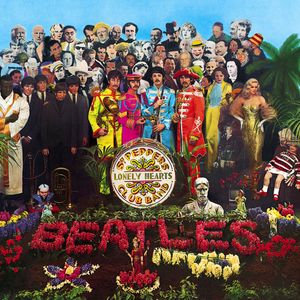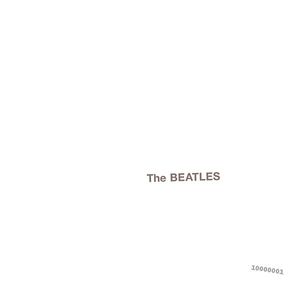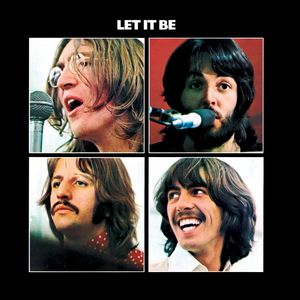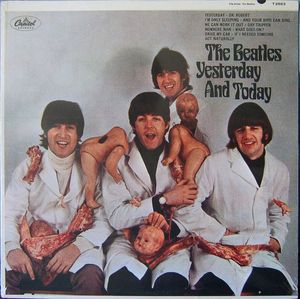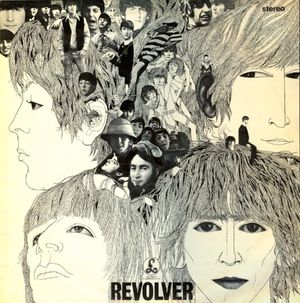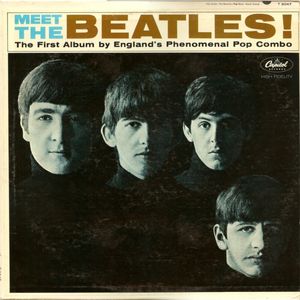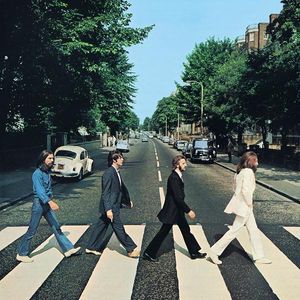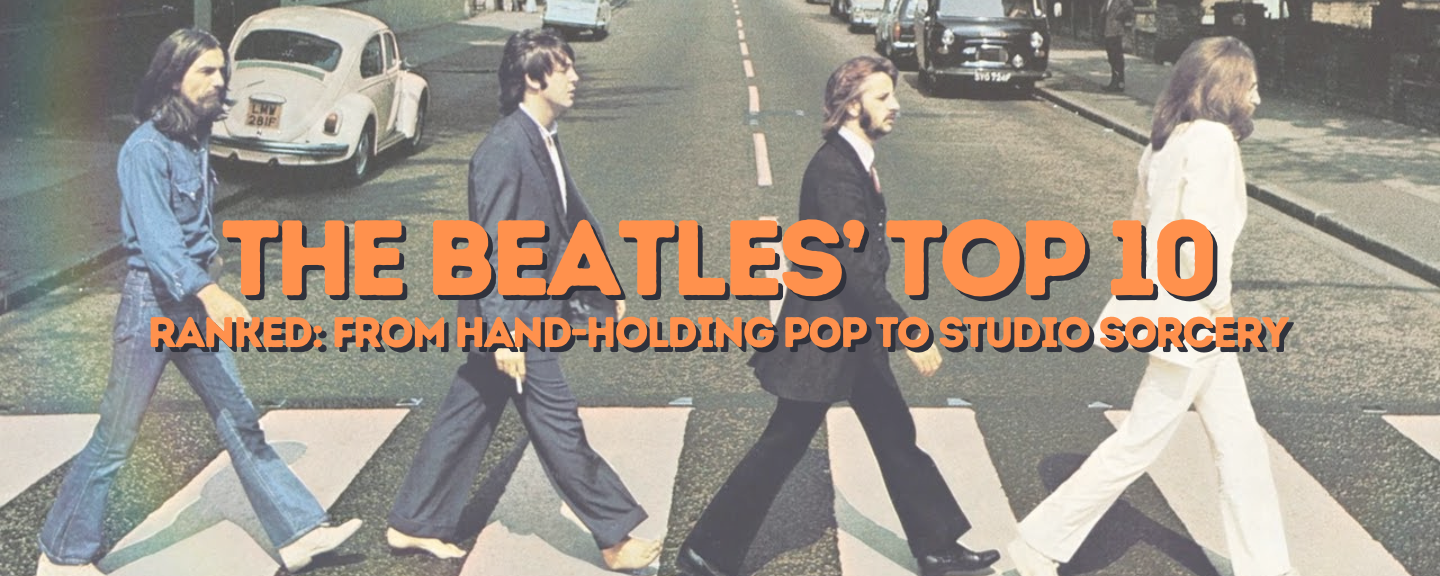
The Beatles’ Top 10 Songs
Click title to open the Spotify playlist
The Beatles: A Revolution in Sound and Culture
The Beatles, hailing from the bustling streets of Liverpool, were more than just a band - they were a cultural phenomenon. Formed in 1960, the core quartet of John Lennon, Paul McCartney, George Harrison, and Ringo Starr redefined what popular music could be. Their influence, stretching far beyond the realm of music, shaped the 1960s counterculture and elevated popular music to a new level of artistic appreciation.
Their roots lay in the raw energy of skiffle, beat music, and 1950s rock 'n' roll, but the Beatles transcended their origins. They incorporated elements of classical music and traditional pop, blending them into a unique sound that captivated a generation. Their musical journey was vast, venturing into folk, Indian music, psychedelia, and even hard rock. This musical diversity, coupled with their groundbreaking recording techniques, innovative songwriting, and artistic presentation, revolutionized the music industry. The Beatles became more than musicians; they were icons, representing the spirit of youth and leading sociocultural movements of the era.
Their story begins with Lennon's earlier group, the Quarrymen, where the seeds of musical collaboration between Lennon and McCartney were sown. The band honed their craft in the smoky clubs of Liverpool and Hamburg, Germany, spending three years forging their signature sound. While Stuart Sutcliffe initially played bass, the core trio of Lennon, McCartney, and Harrison, together since 1958, experienced a revolving door of drummers. They finally found their rhythm section in Ringo Starr, who joined in 1962.
Enter Brian Epstein, their charismatic manager, who transformed them into a polished professional act. Producer George Martin, a visionary in his own right, guided their recordings, elevating their sound and pushing them to new heights. After signing with EMI Records, their first hit, "Love Me Do", exploded onto the scene in late 1962, marking the beginning of Beatlemania.
The Beatles' popularity became a global phenomenon, with screaming fans affectionately dubbing them "the Fab Four." Their legacy extended beyond the four musicians themselves; Epstein, Martin, and other key figures in their entourage were often referred to as the "fifth Beatle", demonstrating the collaborative spirit that fueled their success.
The Beatles were more than just a band; they were a force of nature that shook the world with their music and their impact on popular culture, leaving an indelible mark on the fabric of history.
In just eight whirlwind years, The Beatles evolved from leather-clad club rockers to studio visionaries who rewrote every rule of popular music. Lennon and McCartney’s peerless songwriting, George Harrison’s melodic guitar work, and Ringo Starr’s deceptively inventive drumming—augmented by George Martin’s boundary-pushing production—turned simple love songs into cultural milestones and psychedelic tapestries. Countless classics could fill this list; the ten tracks below, presented #10 to #1, spotlight the band’s restless creativity, genre-hopping range, and enduring emotional pull.
Our Selection Methodology
These songs were carefully selected based on cultural impact, musical innovation, streaming popularity, and their significance in the band's discography.
🏆 Top 3 Greatest Songs
Why "A Day in the Life" is #1
A blurred news headline leads to Lennon’s dreamy verses, tilting between gentle acoustic guitar and eerily echoed vocals. McCartney’s jaunty middle section—“Woke up, fell out of bed”—injects everyday detail before an atonal 40-piece orchestra surges toward chaos, resolving in that famous E-major chord that hums for 43 seconds. This suite encapsulates every Beatles hallmark: fearless experimentation, narrative contrast, studio wizardry, and existential wonder. Capping Sgt. Pepper, it rewrote the possibilities of what a rock song—and album—could be, cementing its status as The Beatles’ crown jewel.
Why "While My Guitar Gently Weeps" is #2
Harrison’s descending minor-key riff sets a meditative tone, while Eric Clapton’s guest lead—slightly flanged and heartbreakingly melodic—wails like the song’s conscience. McCartney’s roaming bass and Ringo’s spacious drumming give the track a blues-rock heft absent from earlier Beatles work. The lyrics lament wasted potential and disconnected humanity, revealing Harrison’s philosophical depth. “Weeps” marries Eastern introspection with Western guitar heroics, standing as the White Album’s emotional apex.
Why "Hey Jude" is #3
A tender piano ballad blossoms into a four-minute, na-na-na sing-along coda powered by brass, handclaps, and the longest fade-out to hit #1 at the time. Lennon’s unvarnished acoustic strums and Ringo’s well-timed tom fill (after nearly missing the entrance) add human warmth beneath McCartney’s soaring lead. Written to comfort Julian Lennon during his parents’ divorce, the song transcends its origin to offer universal uplift. Its unifying finale transforms arenas into communal choirs—rock’s grandest group hug.
📊 Complete Rankings
Strawberry Fields Forever
Mellotron flutes, reverse cymbals, swarmandal zither, and tape-sped cellos create a dreamscape over which Lennon intones childhood memories blurred by psychedelia. Two different takes in separate keys were famously spliced together, producing woozy metric shifts that epitomize studio as instrument. Its surreal lyrics—“Nothing is real”—and innovative sound collage signaled rock’s leap into the avant-garde. “Strawberry Fields” remains a masterclass in experimental production married to aching introspection.
Let It Be
Written amid internal turmoil, “Let It Be” pairs gospel piano chords with Lennon-esque guitar stabs and Harrison’s lyrical solo—later beefed up by Phil Spector’s brass and choir. Ringo’s understated drumming leaves space for McCartney’s sermon-like vocal to resonate. Referencing “Mother Mary” (actually Paul’s late mother), the lyrics urge acceptance in the face of chaos—a benediction as the band unraveled. Released post-breakup, it became a hymn of solace for generations navigating personal and societal upheaval.
Yesterday
A lone acoustic guitar and string quartet frame McCartney’s bittersweet melody, making “Yesterday” the most covered song in history. Its descending bass movement and unresolved cadences capture the ache of irretrievable love with classical grace. Initially released as a Beatles track despite featuring only Paul and session players, it foreshadowed the band’s solo ambitions while broadening rock’s emotional palette. The track’s timeless melody and universal lament secure its place as a perennial standard far beyond the rock era.
Eleanor Rigby
George Martin’s stark double-string quartet arrangement, devoid of drums or guitars, was revolutionary for a pop single. Close-mic’d violins slash with cinematic urgency as McCartney relates lives of quiet despair, while Lennon and Harrison provide haunting “Ah, look at all the lonely people” refrains. The song’s unflinching portrait of isolation shattered pop’s feel-good veneer, ushering social realism into mainstream rock. “Eleanor Rigby” proved The Beatles could spin orchestral minimalism and bleak subject matter into a top-of-the-charts phenomenon.
I Want to Hold Your Hand
A clanging opening chord grabs instant attention before the track spirals into handclaps, call-and-response vocals, and Lennonesque rhythm-guitar crunch. The dramatic key change in the bridge—unheard-of in chart pop of the day—injects exhilaration while foreshadowing the band’s harmonic daring. Released months before their Ed Sullivan debut, the single ignited the British Invasion and Beatlemania worldwide. Its innocent title masked razor-sharp hooks and sophisticated chord voicings, demonstrating that mass appeal and musical ingenuity could—indeed should—coexist.
Something
Harrison’s finest love song glides on a sinuous bass line and liquid guitar phrases that echo vocal sighs. The orchestra’s swelling strings and Steve Cropper-inspired solo reveal Abbey Road’s polished maturity, while Ringo’s tasteful tom fills give the ballad a subtly propulsive heartbeat. “Something in the way she moves” elevates romantic devotion to spiritual reverence, earning praise from Sinatra as “the greatest love song of the past fifty years.” Its success cemented Harrison as a songwriting equal, proving The Beatles’ creative center had grown to a three-way axis.
Help!
Opening with Lennon’s urgent plea and a jangling twelve-string riff, “Help!” fuses pop immediacy with confessional depth. The brisk tempo, doubled acoustic and electric guitars, and tight three-part harmonies belie the song’s underlying anxiety, capturing The Beatles at a turning point between Beatlemania gloss and introspective adulthood. Lyrically, Lennon sheds the cheeky bravado of earlier hits, admitting vulnerability amid overwhelming fame—an early glimpse of rock’s embrace of personal honesty. Its bittersweet candor and irresistible hook mark the pivot from carefree pop toward the band’s more contemplative mid-’60s phase.
🎵 Why These Tracks Define Musical Excellence
This carefully curated ranking represents the pinnacle of The Beatles’ Top 10 Songs artistic achievement. Each song has earned its place through a combination of cultural impact, musical innovation, and enduring popularity among fans worldwide.
Cultural Impact
Songs that shaped music history and influenced countless artists
Fan Favorites
Tracks with millions of streams and lasting popularity across generations
Related Video
Last Modified: 5/21/2025

